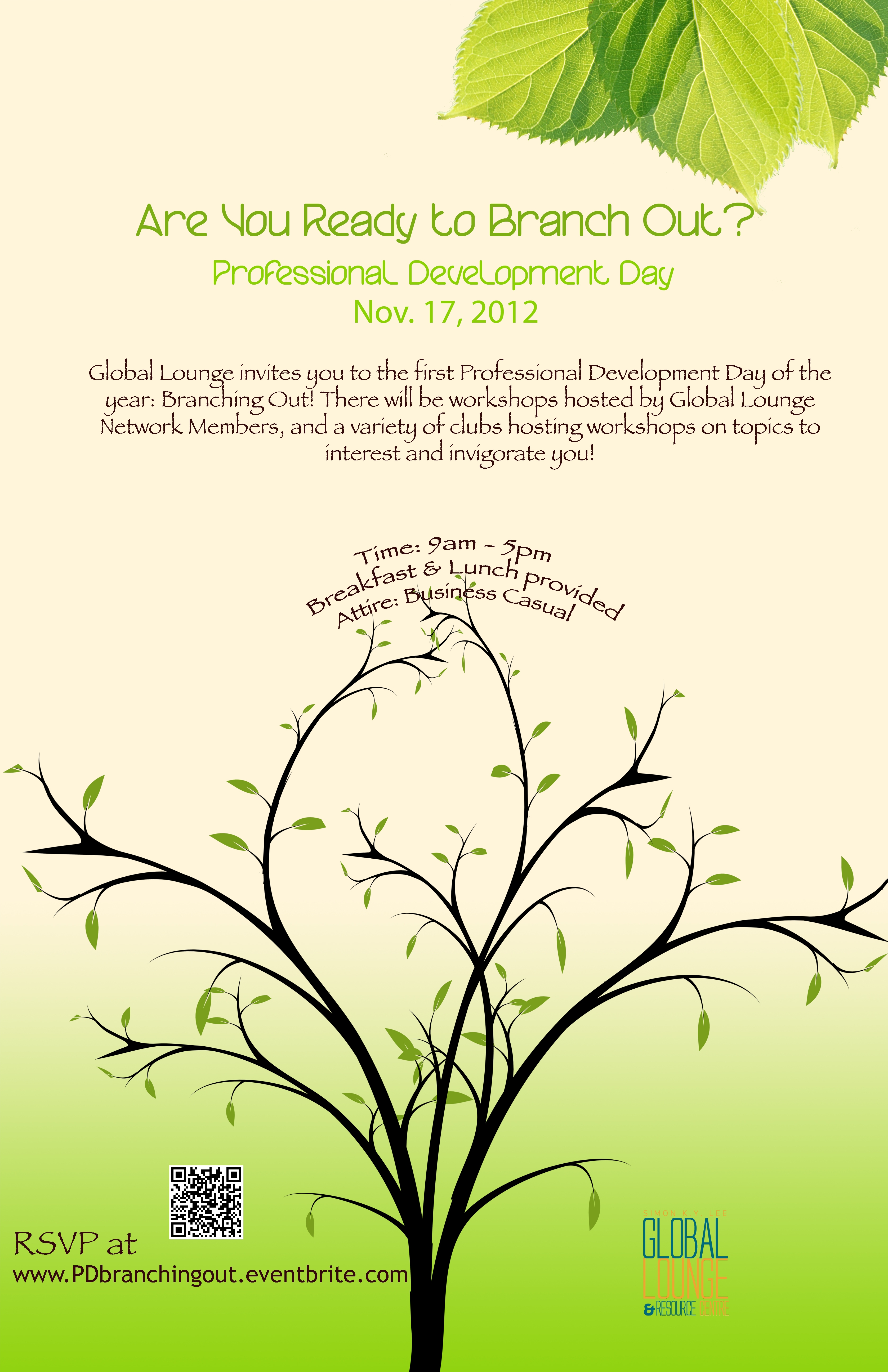Work Your Core
Have you found that you’re not can’t find time to go to the gym, but still want to stay fit. It’s important to exercise consistently in order to stay healthy, and your core is important as it is used in many different exercises. Below are some reasons to exercise your core, as well as some easy exercises that you can do at home, when you don’t have time to go on a run, or just don’t want to because it’s raining.
Did you know?
-Your core muscles are crucial for trunk and hip stabilization; having a weak core can result in back, hip, and knee injuries, poor posture, and damaged muscles
-Core muscles improve both balance and stability in every movement that we make, as well as when we are staying still
-As there is no single muscle that controls spine stabilization, it is important to focus on strengthening all of the contributing muscles in order to achieve balance and maintain stability across the entire range of functional daily movements
-Training of core muscles allows for better maintenance of a neutral spine posture, which is the safest posture for lifting and other daily activities
Exercises to improve core stability and strength
Here are two exercises that are great for beginners as well as advanced athletes to work on development and maintenance of core strength and stability. Other exercises to try are Bridge, Oblique curls, Prone, Ball/BOSU crunches.
Crunch
Crunches are an excellent exercise to target the rectus abdominus muscle, but are often done incorrectly.
- Lie face-up on an exercise mat with legs bent at 90 degrees, and hands at temples or behind head
- Contract abdominals by coughing, thinking about tucking your ribs closer to your hips; contract pelvic floor by doing a Kegel. Curl up just enough so that your head, neck and backs of shoulders are off the floor – this is your “start position”
- Without losing contraction, curl up a few inches by bringing your ribs closer to your hips, NOT by lifting directly off the floor
- Hold at the top, then slowly lower back down to the start position (not all the way to the floor!)
- Repeat 10 times, then rest.
Be careful not to curl up too high, as this will stop working your rectus abdominus and instead work your hip flexor muscles.
Plank
Plank is an excellent exercise for people of all fitness levels to work on stabilization. It can be modified for beginners by planking from the knees instead of the toes.
- Lie facedown on an exercise mat with arms facing out front, elbows stacked directly beneath shoulders; tuck toes underneath feet
- “Tuck your tail”
- Lift body onto forearms and toes, maintaining a neutral spine and without sinking down into your shoulders
- Maintain posture for 20-60 seconds, then lower

